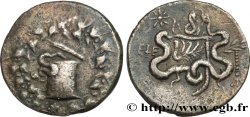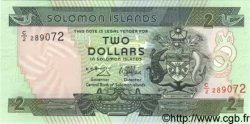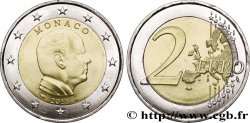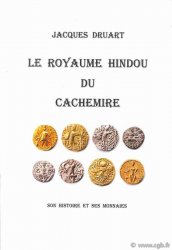v49_0236 - IONIA - EFESO Unité, (MB, Æ 25)
MONNAIES 49 (2011)
Начальная цена : 145.00 €
Назначить цену : 250.00 €
Цена реализации : 145.00 €
Количество ставок : 1
Максимальная предлагаемая цена : 151.00 €
Начальная цена : 145.00 €
Назначить цену : 250.00 €
Цена реализации : 145.00 €
Количество ставок : 1
Максимальная предлагаемая цена : 151.00 €
Тип Unité, (MB, Æ 25)
Дата: c. 48-27 AC.
Монетный двор / Город: Ionie, Éphèse
Металл: copper
Диаметр: 25 mm
Ориентация осей монеты: 12 h.
Вес: 9,64 g.
Редкость: R1
Комментарии о состоянии
Exemplaire sur un flan large et complet, bien centré des deux côtés avec le grènetis complet et la couronne visible. Usure importante, mais parfaitement lisible et identifiable. Patine marron foncé, légèrement granuleuse
Ссылки в каталоге: :
Происхождение:
Cet exemplaire provient du stock du Crédit de la Bourse (1994), de la collection Maurice Laffaille, n° 471 et de la vente Monnaies et Médailles 76, 1991, n° 471 (400 FS)
Лицевая сторона
Аверс: описание: Artémis (Diane) drapée, debout à droite, tenant de la main gauche son arc et de la main droite, décochant une flèche ; à ses pieds un chien de chasse bondissant à droite ; grènetis circulaire.
Аверс: легенда: E-F
Аверс: перевод: (Éphèse).
Обратная сторона
Реверс: Описание: Coq passant à droite ; derrière, une palme à laquelle est attachée une couronne ; le tout dans une couronne de laurier.
Реверс: легенда: IAZWN
Реверс: перевод: (Jason).
Комментарий
Cet exemplaire est reproduit dans l’ouvrage de Pierre Strauss, Collection Maurice Laffaille. Monnaies grecques en bronze, p. 117, n° 471. Ce type semble beaucoup plus rare que ne le laissent supposer les ouvrages généraux.
This example is reproduced in the work of Pierre Strauss, Maurice Laffaille Collection. Greek Bronze Coins, p. 117, no. 471. This type seems much rarer than general works suggest.
This example is reproduced in the work of Pierre Strauss, Maurice Laffaille Collection. Greek Bronze Coins, p. 117, no. 471. This type seems much rarer than general works suggest.








 Cообщить об ошибке
Cообщить об ошибке Распечатать страницу
Распечатать страницу Отправить мой выбор
Отправить мой выбор Задать вопрос
Задать вопрос Consign / sell
Consign / sell
 Информация
Информация













